Green turnaround in Vietnam’s cement production
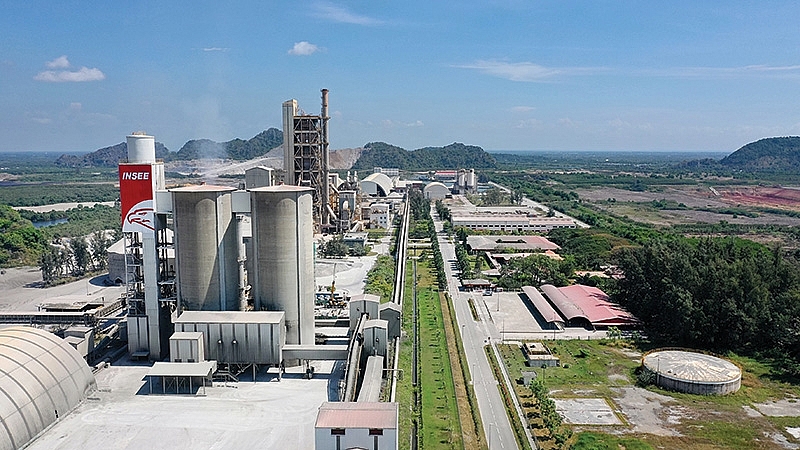 |
| INSEE Vietnam’s Hon Chong Cement Plant features waste heat recovery power plant technology |
INSEE Vietnam has earned a reputation for delivering commercially superior solutions to customers far and wide, carried out through installing state-of-the-art equipment and implementing processes which ensure the most efficient and green manufacturing, while the utmost attention is being paid to environmental protection.
As scientists and politicians debate the facts surrounding climate change, global warming, and dwindling natural resources, eco-friendly practices not only draw favourable public sentiment and increasingly supportive government policies, but a lower carbon footprint results in cost savings and increasing profitability.
This green fashion focuses on creating profit while minimising negative environmental effects, or in some cases generating positive ones. Continuously pioneering the production of construction material and waste management in the south of the country, INSEE Vietnam has strived to account for being environmentally-friendly when designing its operating procedures, and the cement production process is no different.
Cement manufacturing process
Cement is produced from raw materials like limestone, clay, and sand. These raw materials are quarried, crushed, finely ground, and blended to the correct chemical composition. Small quantities of iron ore, alumina, and other minerals may be added to adjust the raw material composition.
Typically, the fine raw material is fed into a large rotary kiln where it is heated to about 1,450 degrees Celsius (°C). The high temperature causes the raw materials to react and form a hard-nodular material called clinker. The clinker is then cooled and ground with gypsum and other additives to produce cement.
Cement production requires the grinding of three separate types of materials during the process – the raw material, coal, and cement. After the kiln, mills are the second-highest energy consumers at the plant. At INSEE, we are proud to operate vertical roller mills (VRM), which require higher competent maintenance from mill operators, from material preparation to quality control, but are worth it.
According to data from INSEE Vietnam’s Hon Chong Cement Plant and Thi Vai Grinding Terminal, VRM finish-grinding consumes about 20 per cent less energy than semi-finish grinding with a roller press and ball mill.
INSEE’s 20 years of experience in mastering and continually upgrading the VRM operation is a truly marvellous achievement. Many generations of engineers and operators at the plant have worked tirelessly side-by-side to keep VRM operations at above 50 per cent efficiency.
Waste-heat recovery power plant
New state-of-the-art suspension process kilns include multi-stage pre-heaters and pre-calciners to pre-process raw materials before they enter the kiln and an air-quench system to cool the clinker product. Kiln exhaust streams, from the clinker cooler and the kiln pre-heater system, contain thermal energy that can be converted into power. Typically, the clinker coolers release large amounts of heated air at 250-340°C directly into the atmosphere. At the kiln charging side, the 300-400°C kiln gas coming off the pre-heaters is used to dry material in the raw mill and/or the coal mill, and is then sent to bag filter houses to remove dust before finally being vented into the atmosphere.
If the raw mill is down, the exhaust gas is cooled with a water spray or cold air before it entered the dust collectors. Maximising overall kiln process efficiency is paramount for efficient plant operation, while remaining waste heat from the pre-heater exhausts and clinker coolers can be recovered and used to generate power to offset a portion of power purchased from the grid.
It offers enormous benefits for the economy, society and environment, meeting 25 per cent of the plant’s electricity demand, equivalent to electricity for 18,000 households in one year. Relieving pressure on the national grid and generating around six megawatts of power, this system enables INSEE Vietnam to indirectly eliminate approximately 25,000 tonnes of carbon dioxide per year, equivalent to 9,300 tonnes of coal per year.
What the stars mean:
★ Poor ★ ★ Promising ★★★ Good ★★★★ Very good ★★★★★ Exceptional
 Tag:
Tag:
Related Contents
Latest News
More News
- Thailand’s energy investors hope for issue resolutions (April 22, 2025 | 15:09)
- Revised national energy plan prioritises renewables and grid upgrades (April 21, 2025 | 16:44)
- 200 enterprises set to participate in pilot carbon market (April 18, 2025 | 17:35)
- Vietnam’s 'Green Revolution' - from policy to practice (April 18, 2025 | 17:21)
- Strengthen public-private partnership for innovation and sustainability (April 18, 2025 | 12:21)
- Innovation-driven solutions key to Vietnam’s energy transition (April 18, 2025 | 11:37)
- Vietnam’s green rise ensures a just transition for everyone (April 18, 2025 | 10:57)
- France committed to support in digital and energy transition (April 18, 2025 | 10:24)
- P4G to award $4.7 million to 17 new partnerships to scale innovative climate solutions (April 17, 2025 | 12:00)
- Attaining climate justice with climate finance goals (April 17, 2025 | 11:59)



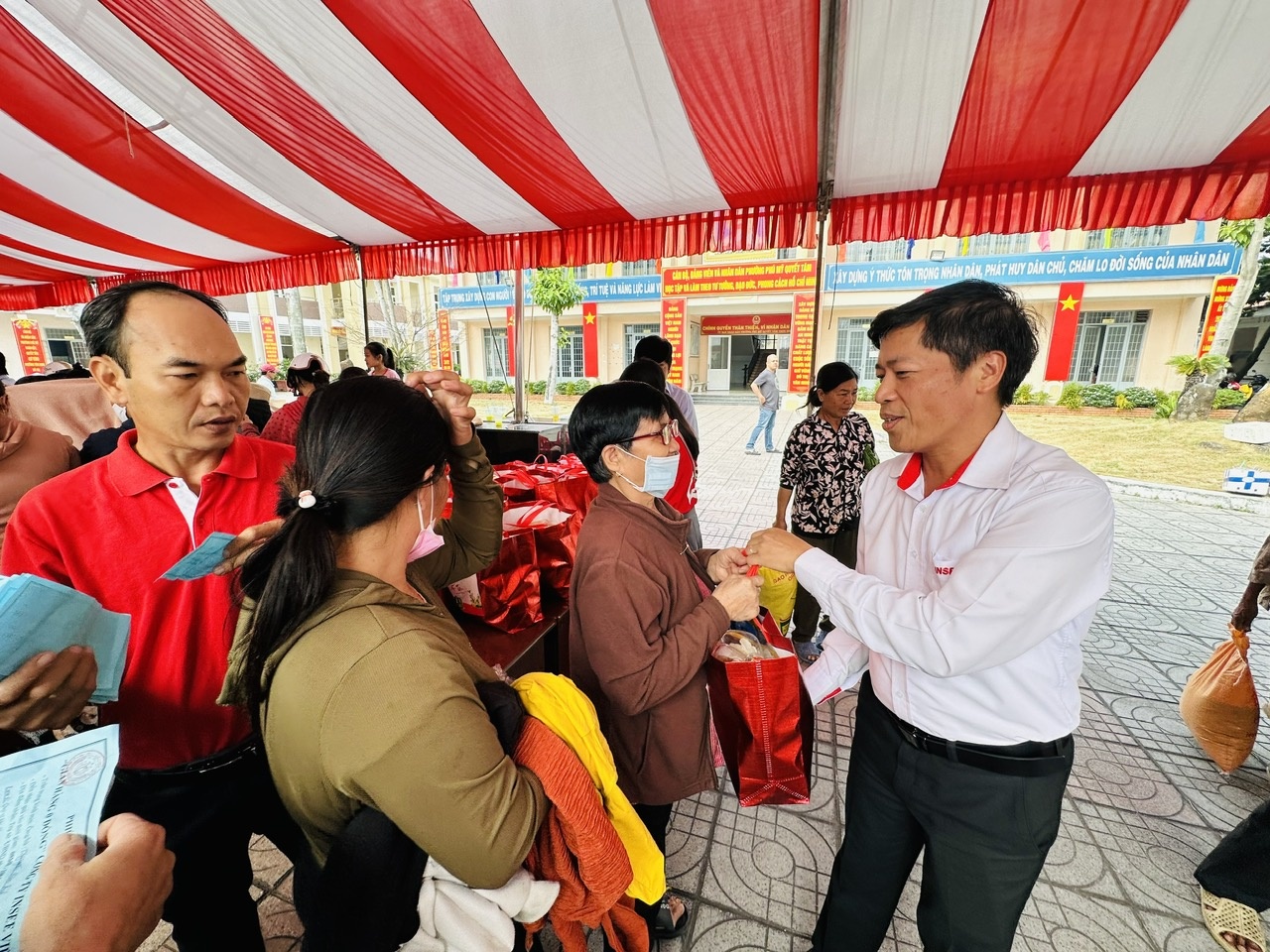
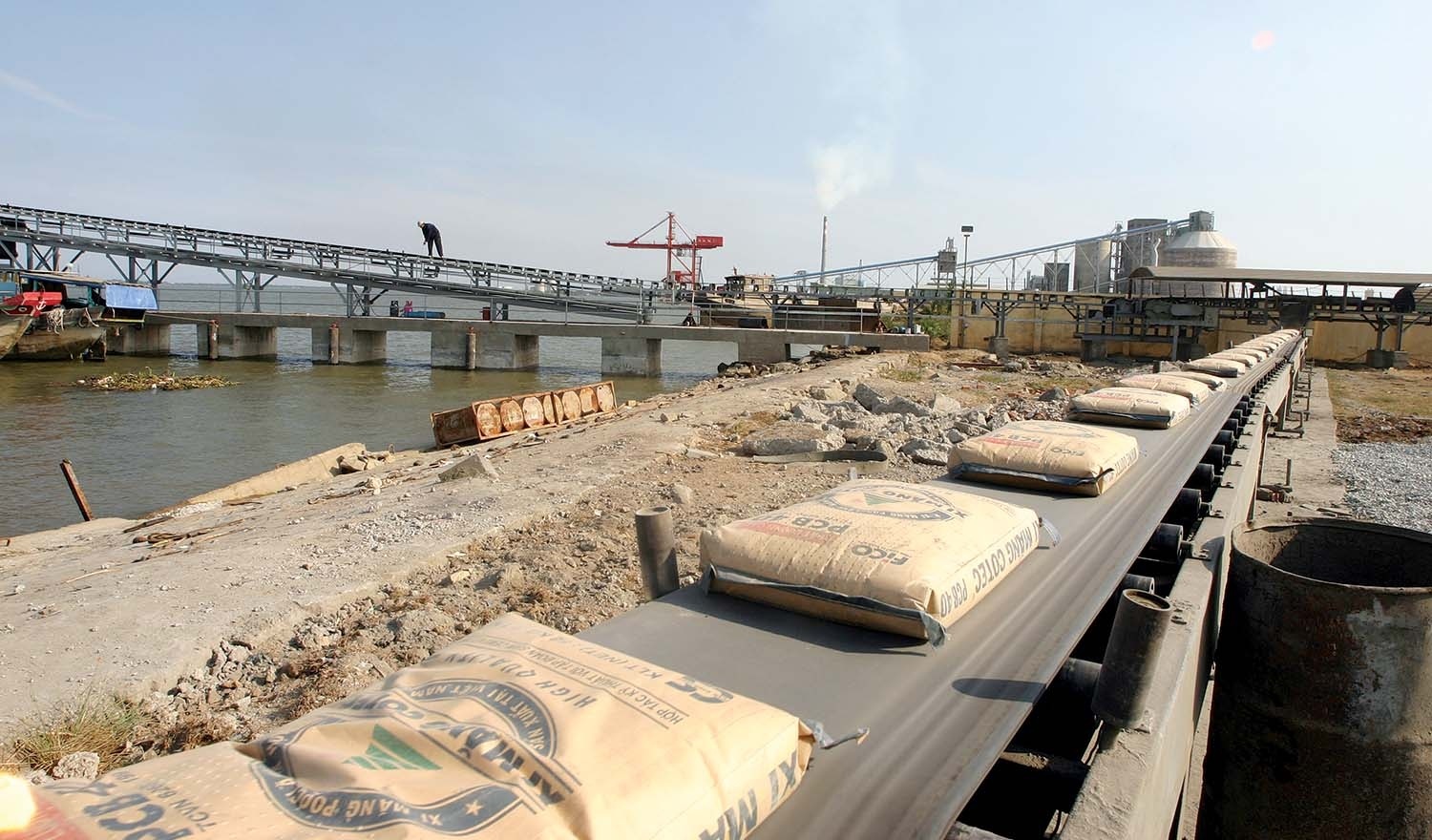
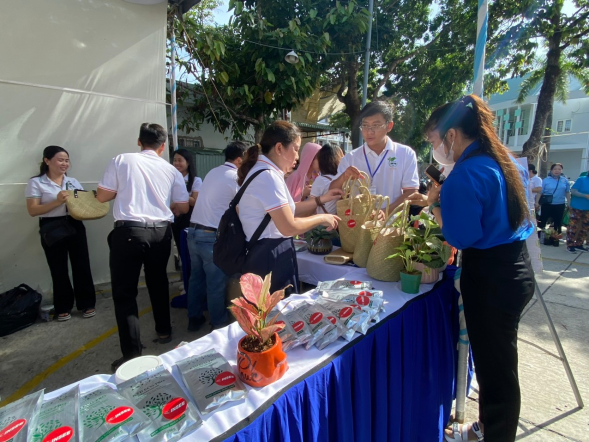
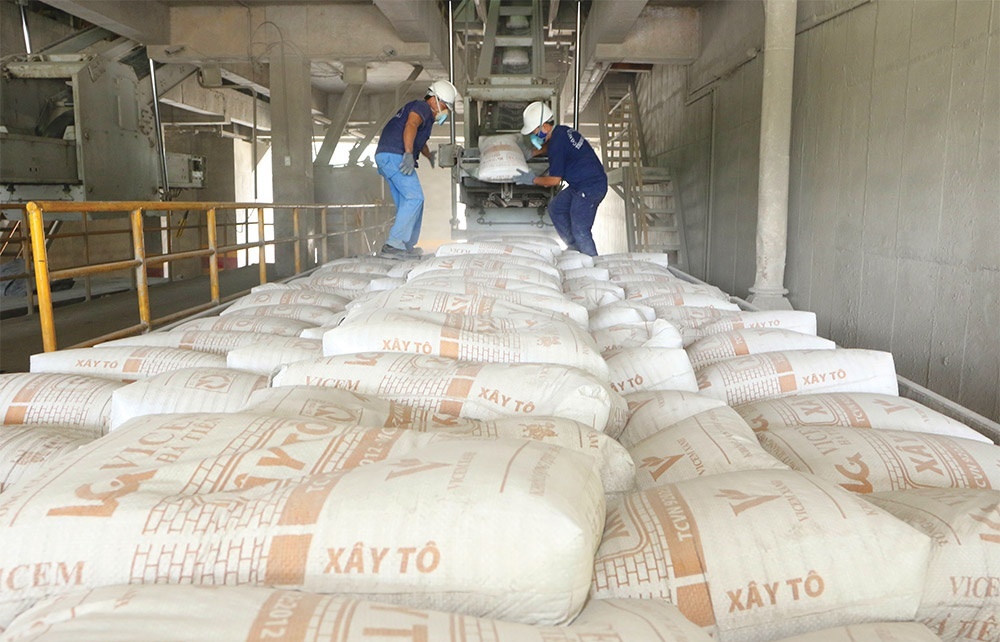
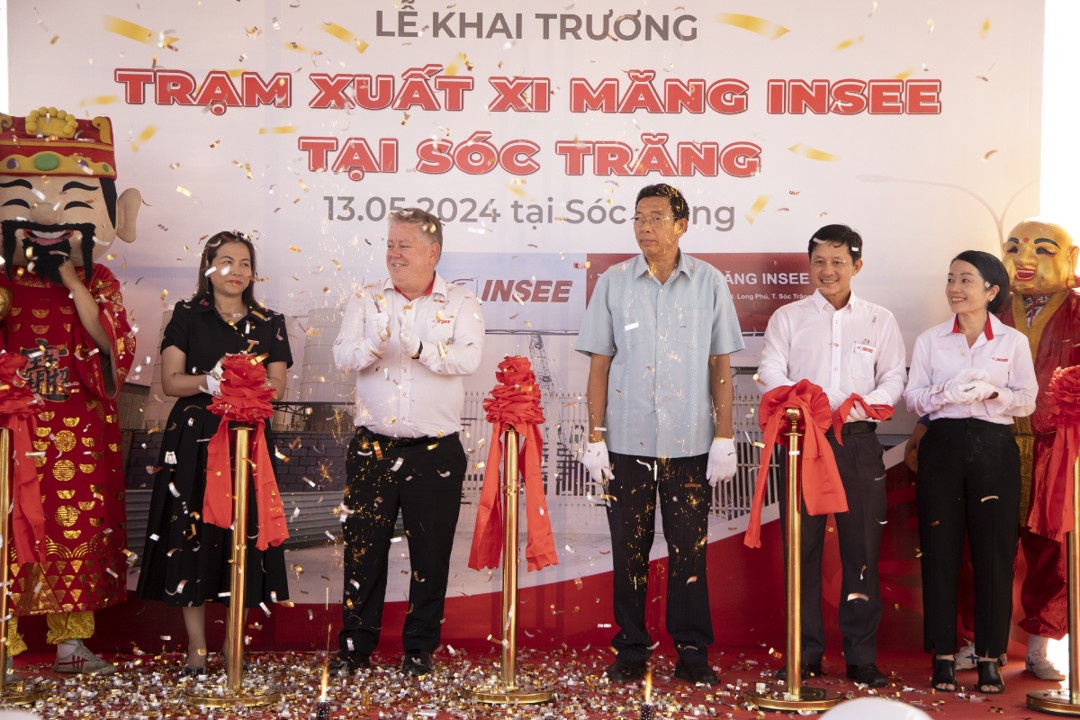

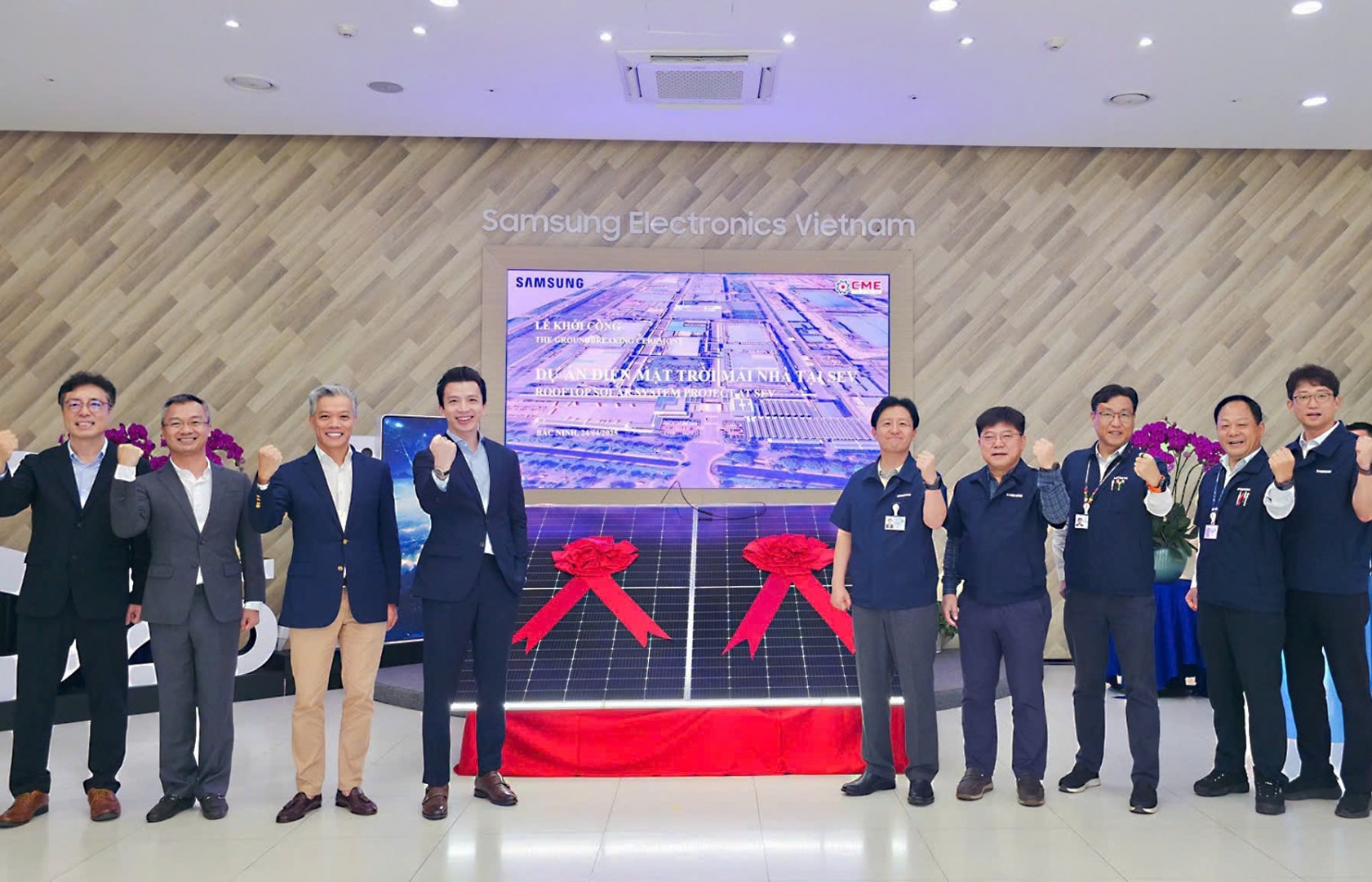
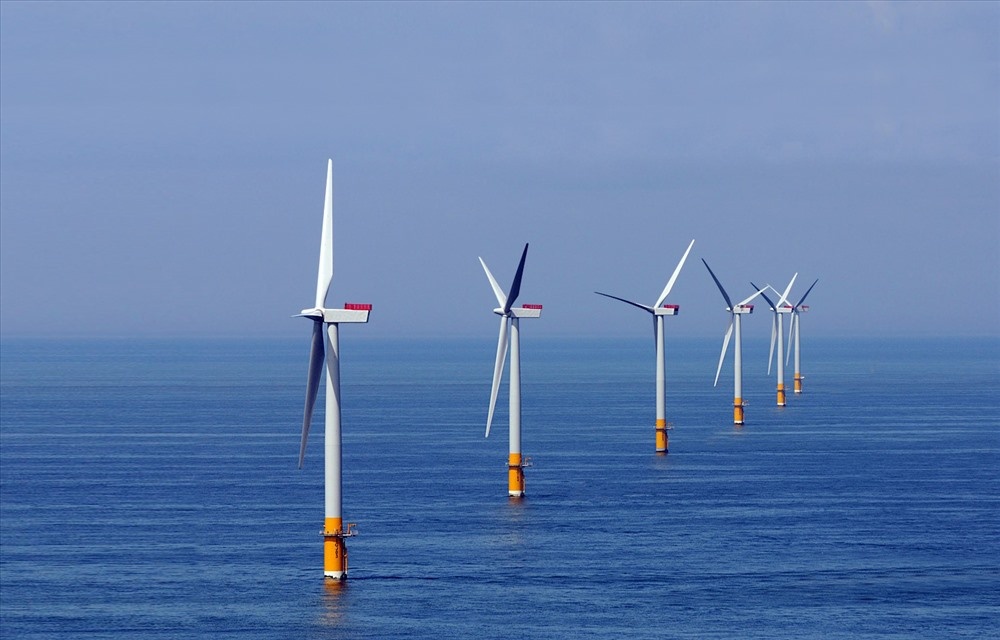
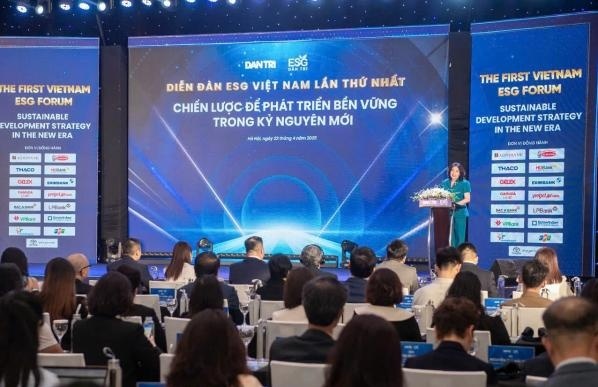
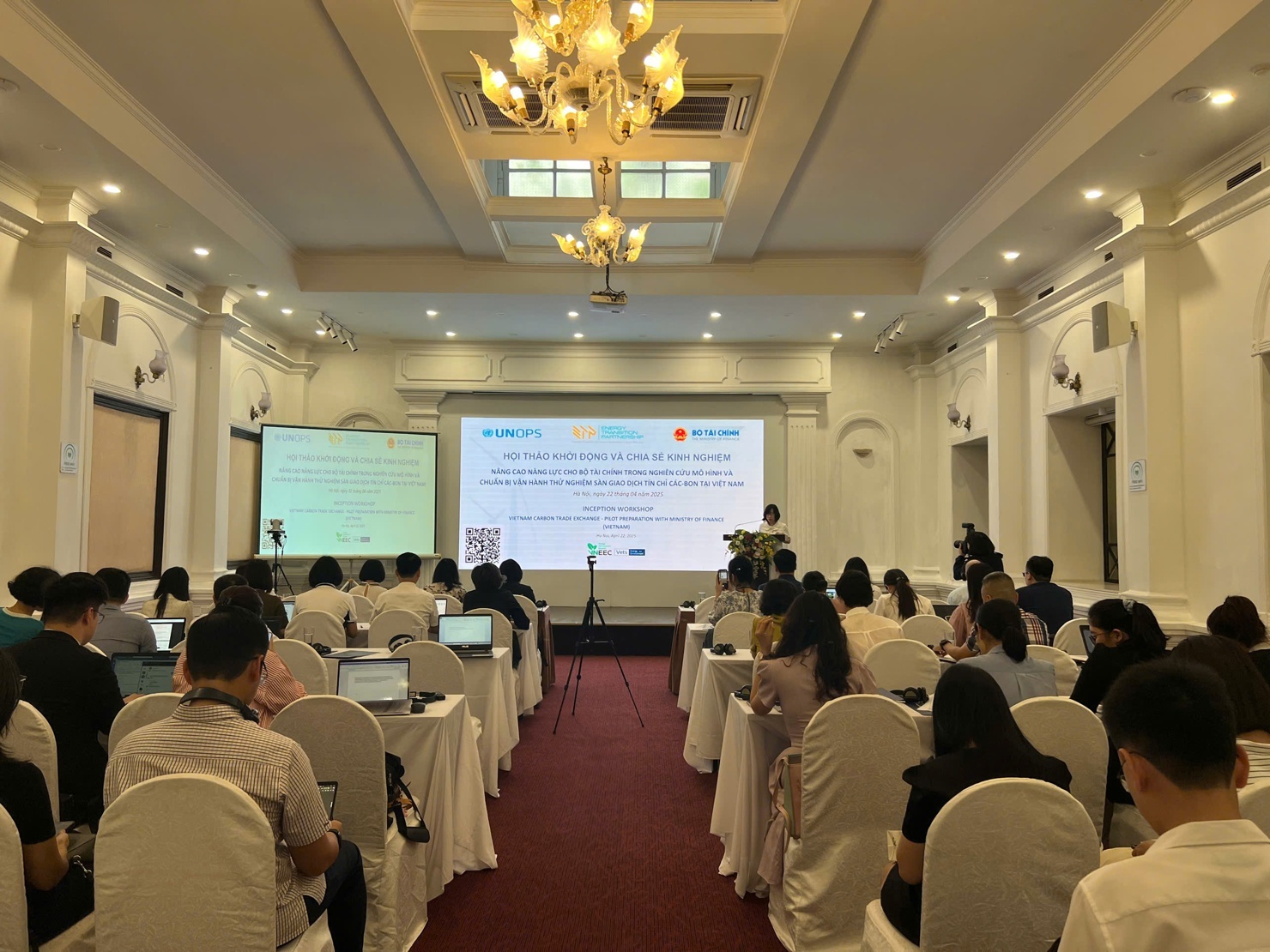
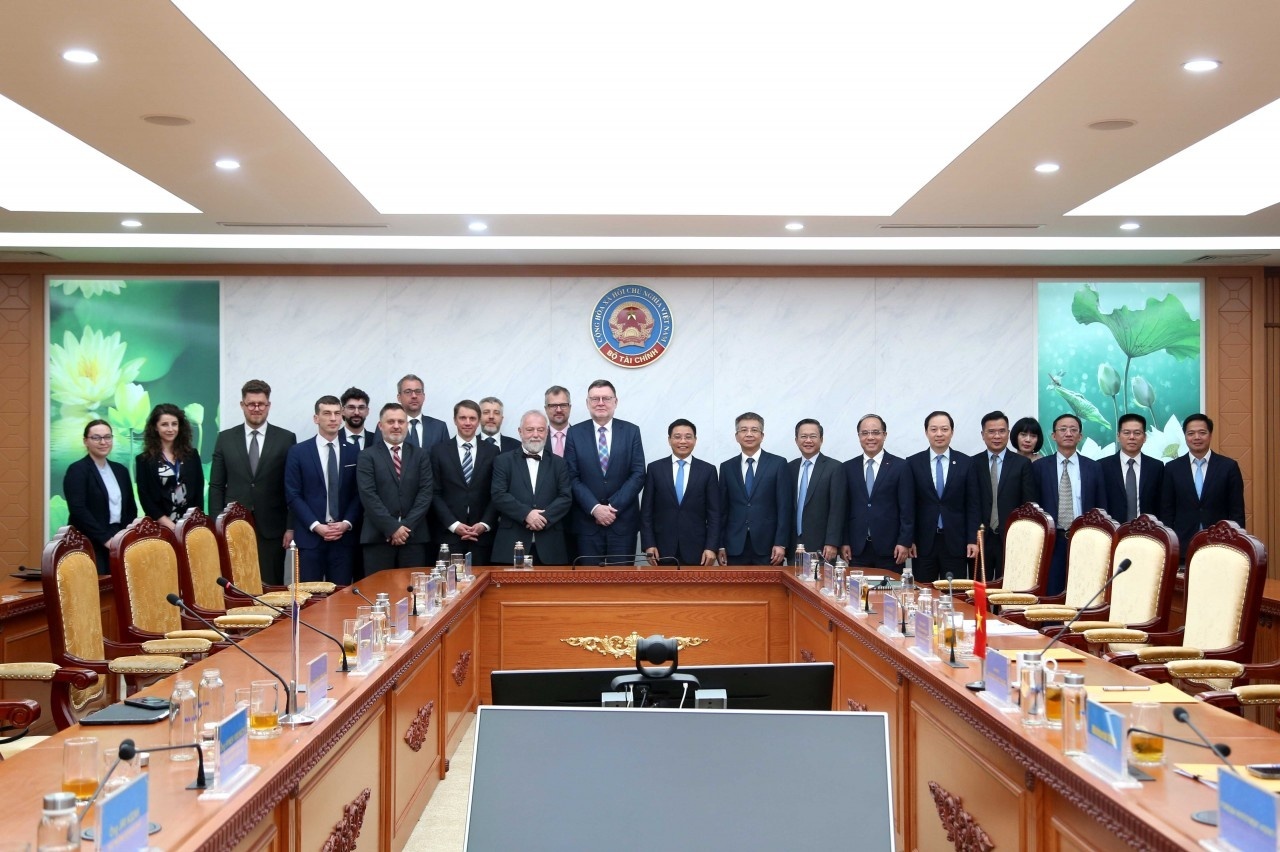
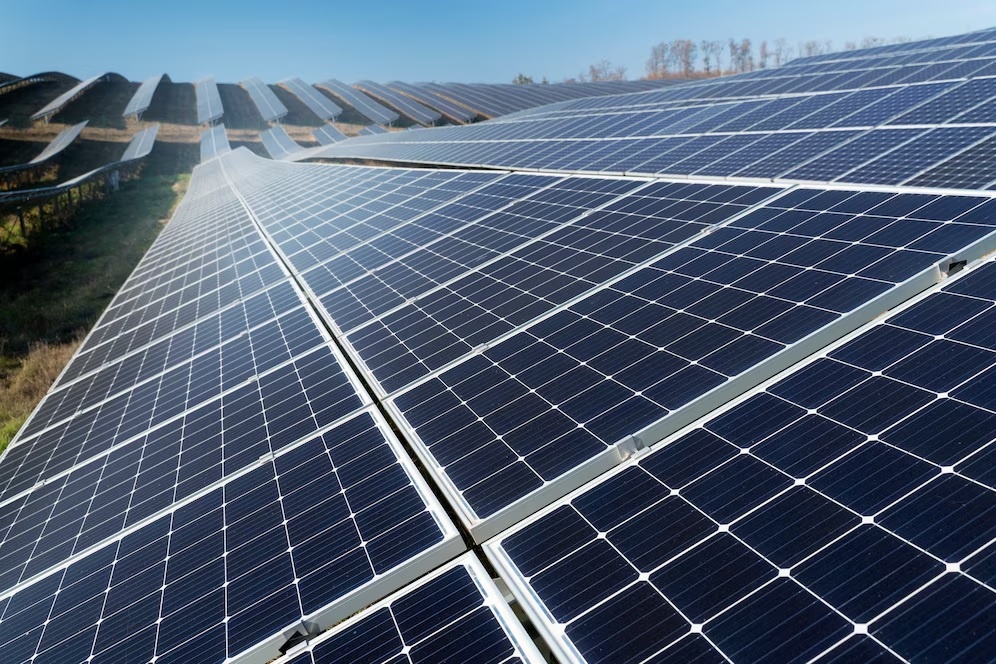


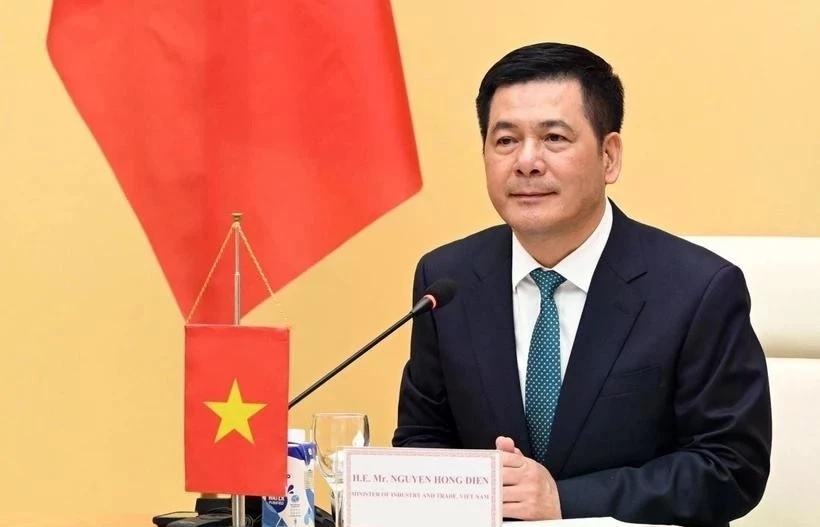
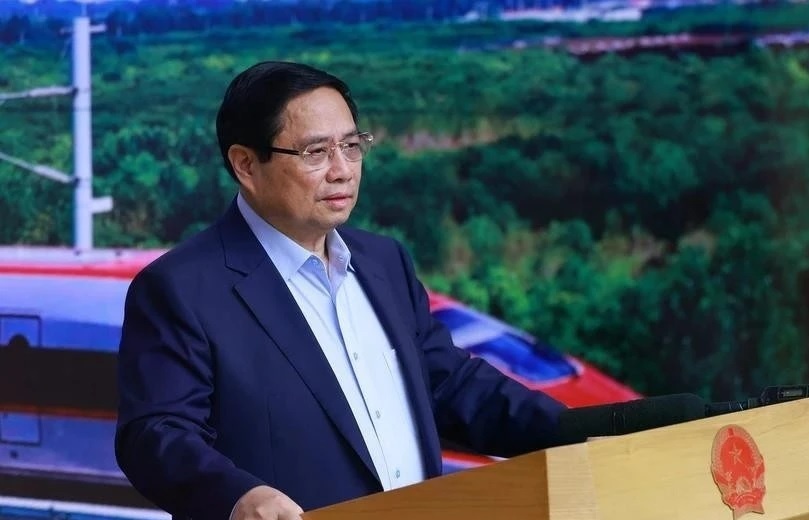
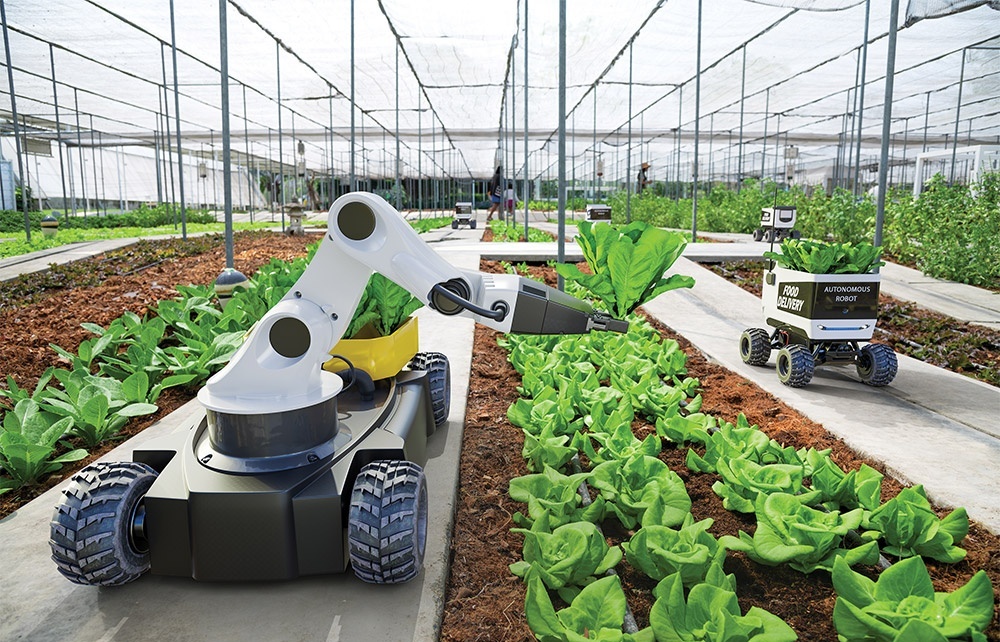




 Mobile Version
Mobile Version